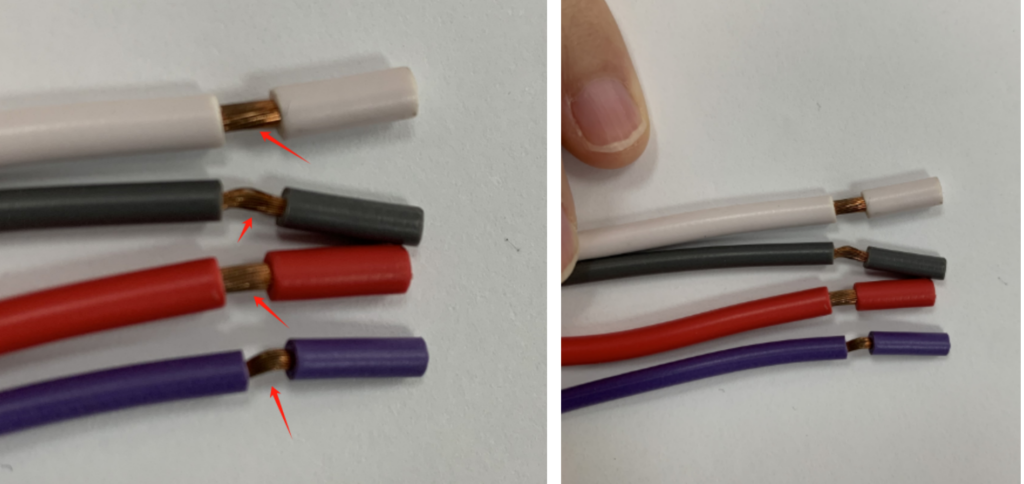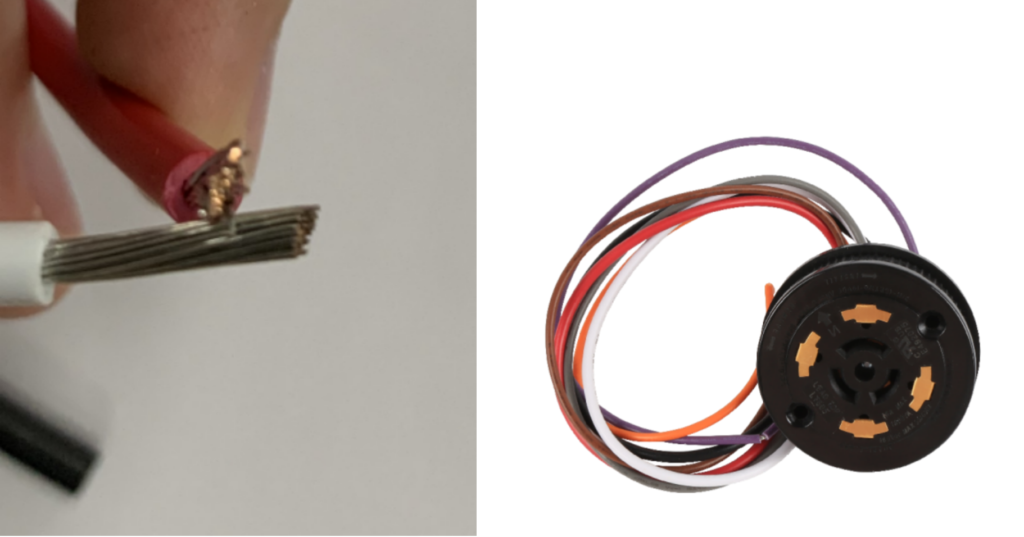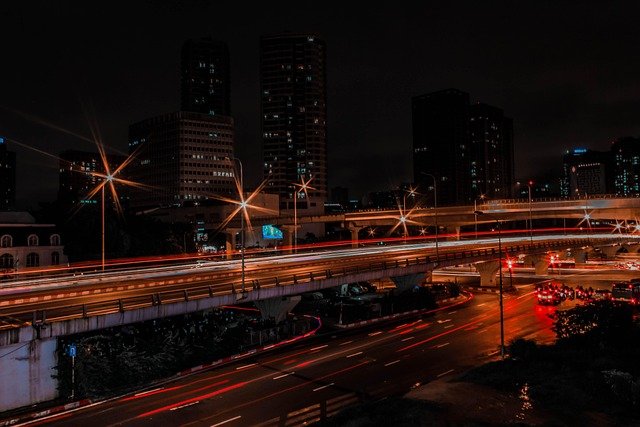Introduction
NEMA sockets are the most widely utilized ones for various applications. They are utilized very commonly in street lights, industrial lighting systems, landscape lights, and numerous other similar applications. NEMA sockets have relied on copper wiring for decades. But although copper wires are very convenient when the problem of high conductivity and affordability is involved, they do have their own drawbacks. These are the disadvantages that are most visible in the long-term use of copper wires in NEMA sockets. Let us discover what are the hazards and risks of using copper wires in NEMA sockets and how they can be prevented.
Possible Risks of Copper Wire
Problems of Oxidation
Copper is susceptible to corrosion and is very sensitive if left open for a long duration of time to wet and humid air. Oxidation results in the formation of a greenish oxide coating on the surface of the wires. This has an impact on the conductivity and overall performance of copper wires. The oxide coating thickens with time and impairs the performance of photocells considerably.
This rusting is even quicker in industrial and marine regions where air is loaded with moisture and impurities. This greatly impacts copper wires’ ability to conduct electricity and can even cause safety hazards due to poor contact.

Risk Points:
• Raised contact resistance results in inferior electrical conductance.
• Current instability results in overheating and safety risks.
• Rapid oxidation in wet and polluted conditions.
Decreasing Conductivity
Generally speaking, copper is an excellent conductor. But its conductivity diminishes over time. Frequent plugging and unplugging, variations in load, and mechanical stress that causes wear and cracks can also cause this. In the end, this may cause heating and short circuits.
Over time, the photocells’ performance deteriorates due to this significant drop in conductivity. Flickering and erratic performance will occur occasionally.

Risk Points:
• Frequent plugging and unplugging may cause copper wire wear, affecting electrical performance.
• Potential risks of short circuits, poor contact, or overheating.
• Photocontrols may experience flickering lights or system malfunctions due to unstable current.
Poor Corrosion Resistance
Copper, in general, possesses good resistance to corrosion. However, in coastal and high air pollution areas, copper corrodes very rapidly. Under these conditions, copper forms a greenish-colored layer because of rapid oxidation. This impacts copper wires’ ability to carry electrical current and leads to increased threats of short circuits.
Corrosion not only shortens the life of copper wires but also degrades points of connection, making the system vulnerable to failure. Therefore, when NEMA sockets with copper wires are mounted in such areas, additional protection from corrosion becomes an essential feature.

Risk Points:
•Humidity and contaminants accelerate the corrosion process, impacting stability in electrical connections.
•Failure of contact points can cause unstable operation of lighting equipment and photocontrols.
•Shorter product life means higher maintenance expenses.
High Breakage and Wear Risk
Copper is not reported to be a stress-resistant material and long-term mechanical stress can easily lead to deformation. During the usage of NEMA sockets, repeated plugging and unplugging may lead to fatigue damage of copper wires, gradually reducing their original strength and inducing unstable contacts or even breaking.
If the copper wire is worn or contact points become loose, the stability of the whole lighting system can be compromised, and photocontrol can fail. Therefore, when selecting copper wire materials, durability needs to be prioritized and protective measures should be taken to prevent mechanical damage.
Risk Points:
• Frequent plugging and unplugging create copper wire wear, impacting connection stability.
• Broken or loose contact points can affect the functioning of photocontrols.
• Instability in the connections can result in failure of lighting equipment.
Overheating Problems
As electric current flows through copper wires, there is some heat generated. Loose contact or high-load usage can also generate extra heating. If the copper wire is poor quality or the contact points have an oxidation layer, then more resistance will generate more heat, resulting in overheating issues.
Prolonged overheating may result in melting of the plastic parts of the socket or even pose a fire hazard. Additionally, if the contact between the copper wire and the socket is not tight, higher contact resistance may be established, which results in more heat generation. Therefore, selection of good materials and proper design are essential to prevent overheating.
Risk Points:
• Poor contact or excessive load can result in overheating.
• Excessive heat can cause melting of sockets, burnout, or even fire risk.
• Higher contact resistance can cause serious temperature rise problems.
Measures to Minimize Risks
Following a deep study of the principal issues that affect copper wiring in MEA sockets, Zhejiang Leadtop Electrical Co., Ltd. Has developed better materials. High-quality tinned copper wire is used in all our NEMA sockets to provide long-term stability and safety of operation.

Tinned Copper: Enhanced Electrical Performance and Longevity
Tinned copper integrates the amazing conductivity of copper wires with immense resistance to oxidation and corrosion. Such wires overcome the issue of overheating successfully and are much safer compared to copper wires. This is how they benefit:
How Tinned Copper Wires Resist Oxidation and Corrosion
The following are the characteristics of copper wires tinned which make their use in improving photocells performance superior to the use of bare copper wires:
Greater Resistance to Oxidation
Tin has a much higher oxidation resistance compared to copper. When tin is applied on the surface of copper, it is able to prevent the copper from coming into contact with oxygen and moisture, precluding oxidation reactions. Tin’s higher oxidation resistance significantly reduces oxidation incidents, prolonging the copper wire’s life. In humid conditions, harsh temperatures, or hostile environments, tinned copper far surpasses bare copper by preventing oxidation-caused electrical failure.
Improved Corrosion Resistance
Tinned copper shows excellent corrosion resistance, especially in high-salt-exposure, heavy-moisture, or industrial-contaminant environments.
In contrast, unprotected, bare copper wires corrode fairly rapidly under the same conditions.
In comparison with bare copper, tinned copper wires offer considerably improved corrosion resistance, successfully eliminating oxidation and corrosion, lowering maintenance frequency and costs. This renders tinned copper a good option for outdoor lighting systems and coastal use, providing long-term reliability in adverse conditions.
Enhanced Electrical Contact Performance
Oxidation buildup on exposed copper wire can produce loose contact with age, which will lead to unstable current flow, overheating, and even system failure.
Oxidation is prevented in tinned copper wire, leading to stable and repeatable electrical contact. It offers a stable, flat surface with reduced resistance, implying lower possibilities of buildup of greater contact resistance with time. It ensures photocontrols and light system stability and dependability. With long-term usage, tinned copper boasts very good electrical performance, restricting system failures and maintenance needs.
Recommended Applications in Severe Environments
Tinned copper wire is particularly worth it in complex environments, such as high humidity, salt-laden air, or heavily contaminated locations.
We strongly recommend using tinned copper wire or other corrosion-resistant treated copper wire in these applications. This significantly enhances equipment stability and reliability, preventing common issues such as dirty contact and electrical faults, and saving maintenance time and downtime. Used in outdoor lighting, industrial lighting, and streetlight control, tinned copper wire offers reliability and longevity.
Conclusion
By replacing bare copper wires with their tinned counterparts in NEMA sockets, we were able to greatly reduce the risks of corrosion due to rapid oxidation. Especially in the settings with high humidity and air pollution, it is imperative to go for the tinned copper wires as the naked ones corrode very quickly. The product performance and safety were also highly elevated by using the tinned copper wires. Moreover, these wires helped reduce the cost by avoiding maintenance costs in the longer run.







